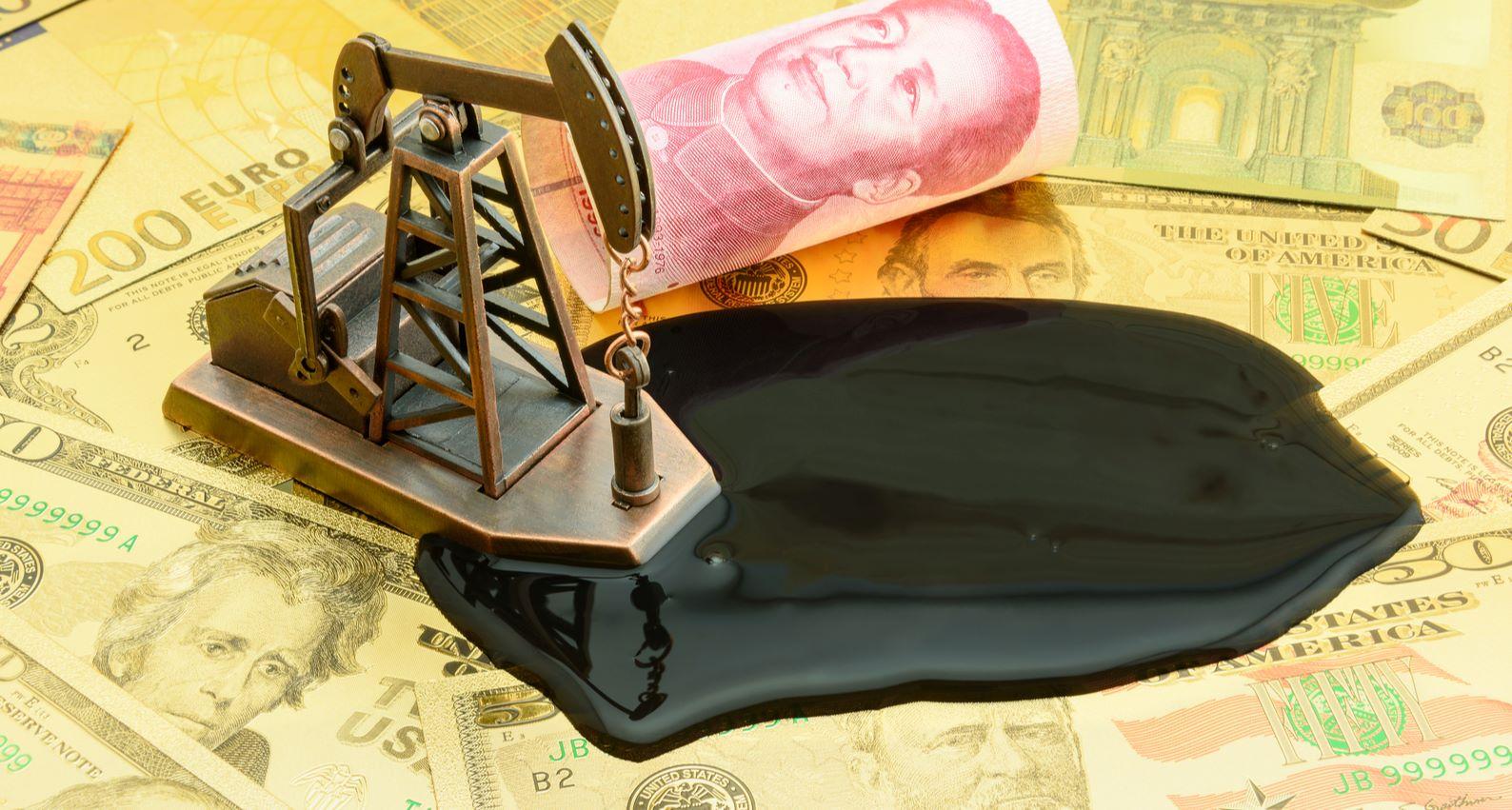Will Mining Industry Retain its Shine in 2022?
Published on 01 Dec, 2021

A sharp surge in commodity prices in 1H21 led to miners registering a substantial profit. Global economic recovery and strong end market demand supported the rise in commodity prices. Although prices have started to ease over the past few weeks, they are still higher than the 2020 and pre-pandemic levels. We believe recovery in the global economy, huge monetary stimulus by several central banks, and the US government’s plan to increase infrastructural spend would continue to boost the commodity prices in the near term. However, we do not expect miners to deliver record-high margins and profits in near term owing to greater exposure to iron ore commodity which is expected to remain weak in near term owing to supply normalization and lower demand from China.
Top miners reported strong 1H21 earnings with record-high profits and EBITDA margins, led by an all-round rally in commodities. Growth was mainly driven by higher volumes and prices, coupled with cost-cutting measures. In 1H21, iron ore prices shot up 200.6% y/y, copper 162.9% y/y, thermal coal 157.4% y/y, and palladium 13.7% y/y. After a washout in 2020, pent-up demand mainly from China and recovery in key sectors (e.g., steel, construction, infrastructure), pushed up prices. Given its commendable performance in 1H21, the mining industry appears poised for robust growth in 2021.
3Q21 sees return of volatility
Despite the soaring commodity prices, growth has been uneven in 2021. Copper, platinum, palladium, and iron ore touched all-time high levels in May 2021. However, prices started declining thereafter due to the rapid spread of the delta variant of coronavirus, US Fed taper talks, and concerns over economic slowdown in China. Notably, iron ore prices plummeted 41.1% in October, after reaching the highest level in May 2021. This was largely ascribed to steel production cuts in China aimed at decreasing pollution and meeting year-end emission reduction targets of provincial governments. Moreover, platinum and palladium prices dropped 15.9% and 29.7%, respectively, in October, after reaching a record high in May 2021 due to disruption in the semiconductor supply chain. Conversely, aluminum, thermal, and cocking coal prices continued to surge and registered an all-time high in the same month amid an unprecedented rise in electricity demand (mainly from Asia), low inventory, and supply shortage. Most importantly, aluminum production consumes higher electricity, which was disrupted in China’s Yunnan province as a drought hit hydropower supply.
Although prices have started to decline over the past few weeks, they are still higher than the 2020 and pre-pandemic levels. Based on Bloomberg estimates, most of the commodity prices are expected to increase by 2–4% y/y in 2021 and 2022, except iron ore, which would grow 52% y/y in 2021 but fall 29% y/y in 2022. We believe recovery in global economy, massive monetary stimulus by several central banks and US government’s intention of higher spending on infrastructure would continue to support the commodity prices in near term. According to IMF, global GDP is estimated to grow 5.9% in 2021, 4.9% in 2022, and 3.6% in 2023, suggesting continued recovery from the 3.1% degrowth in 2020. While China – a key market for miners – is expected to advance 8.0%, 5.6%, and 5.3% in 2021, 2022, and 2023, respectively, higher than 2.3% in 2020. Almost 50% each of BHP Group (BHP) and Rio Tinto (RIO)’s revenue and 30% of Anglo American plc (AAL)’s revenue come from China.
We expect demand for copper to remain robust as it is one of the top renewable resources and focus on reducing carbon emission has increased worldwide in recent years. However, higher copper prices may not significantly benefit many of these miners since the metal contributes just ~20% each to total EBITDA of BHP and AAL and 10% in the case of RIO.
Conclusion
In the medium term, we do not expect miners to deliver record-high profits and margins, considering iron ore would remain one of the main commodities. Iron ore accounts for about 60% of BHP’s EBITDA, 80% of RIO’s, and 34% of AAL’s EBITDA. Iron ore prices are under pressure owing to supply normalization in Brazil, which was impacted due to disruptive weather and a dam bust in 2019, together with pandemic-induced travel restrictions worldwide in 2020. Although one of the biggest producers – Vale recently announced to curb its production, lower demand from China owing to steel production cuts ahead of Winter Olympics 2022 would continue to put pressure on iron ore prices in the near term. Furthermore, there is considerable uncertainty about which end market would recover faster, which government would provide more assistance, and how commodity prices would rise over the next 1–2 years. However, having a well-diversified portfolio would continue to benefit AAL, whereas BHP and RIO would have limited scope for improving earnings owing to greater exposure to iron ore.

